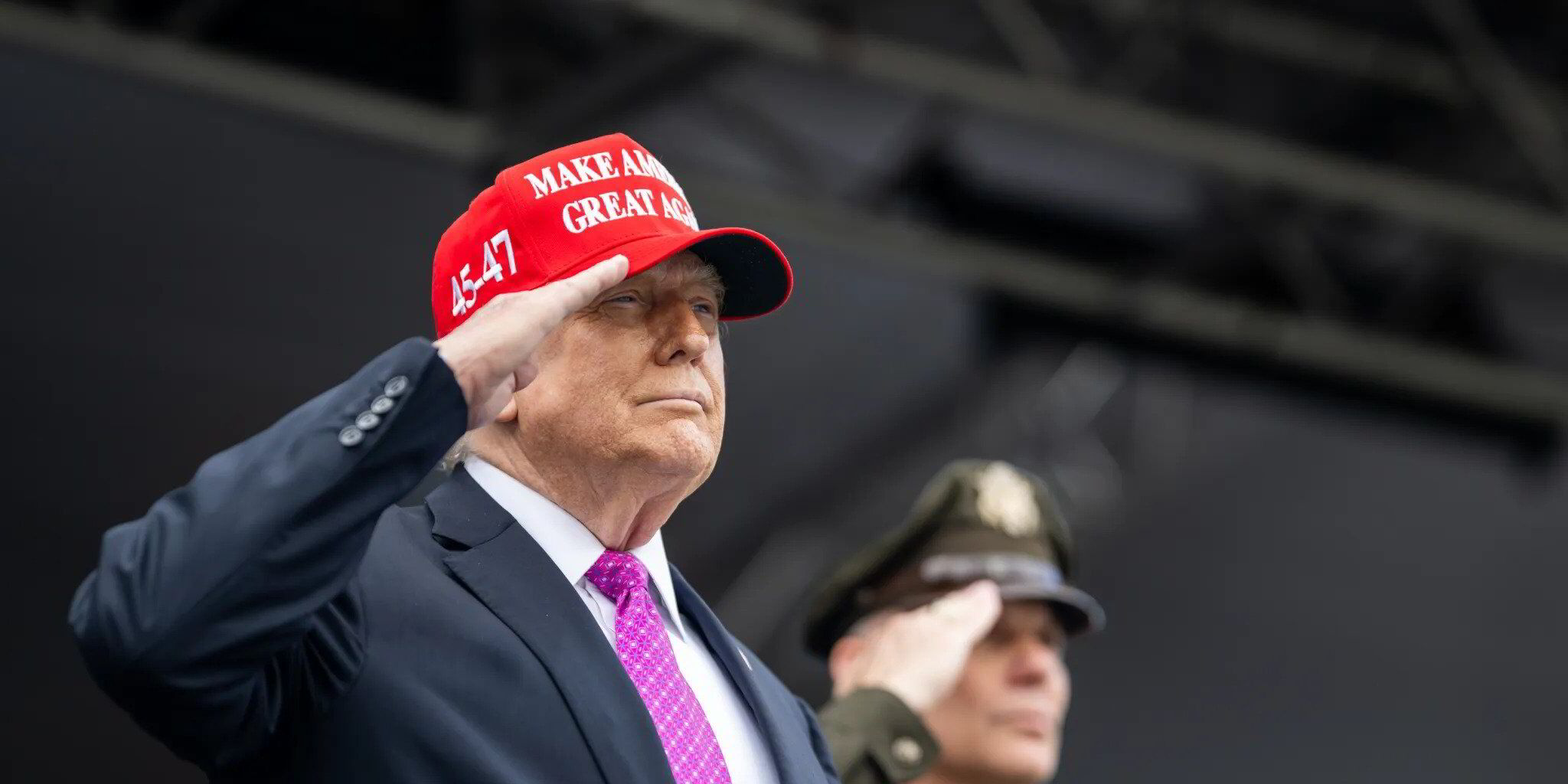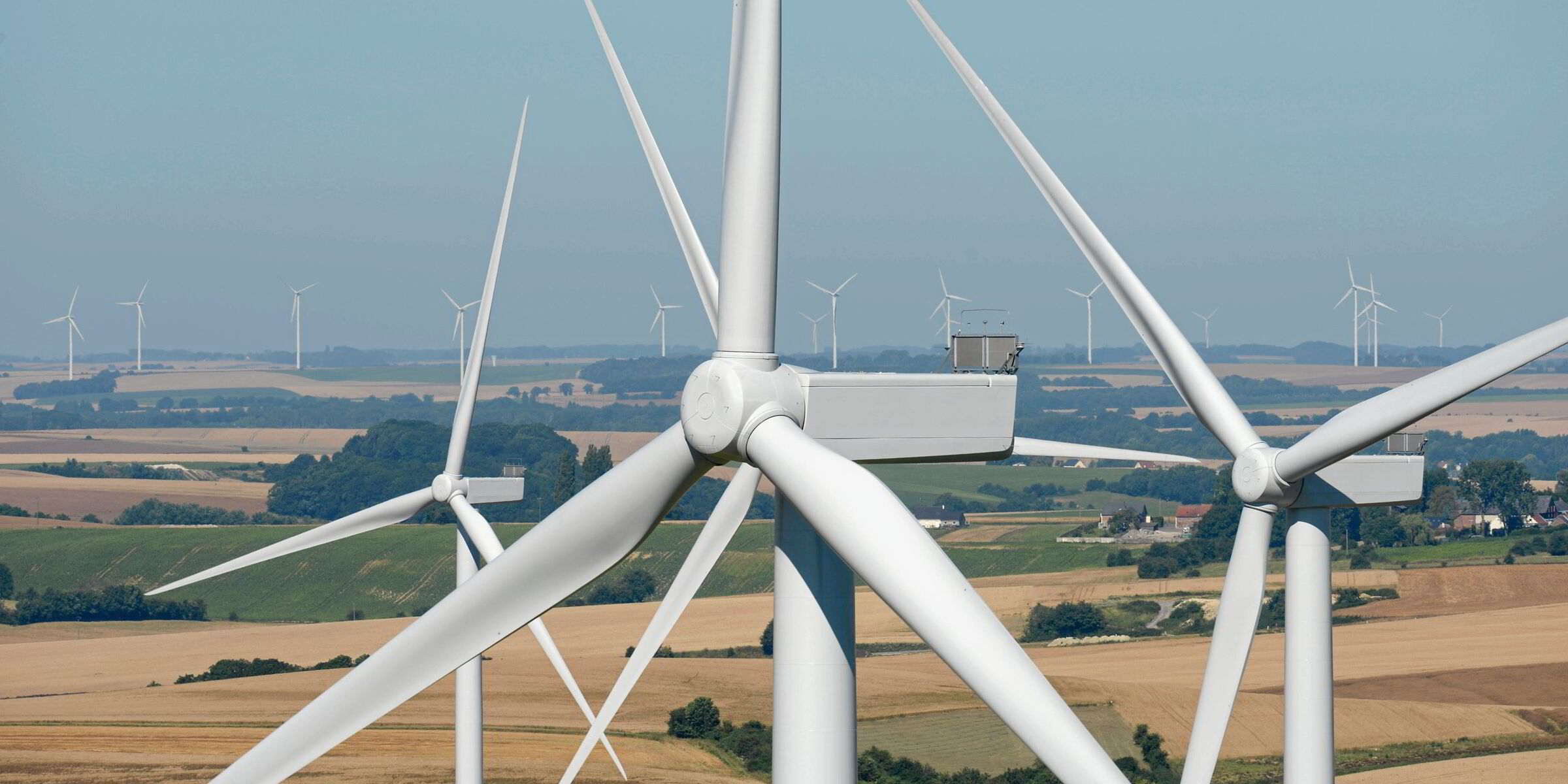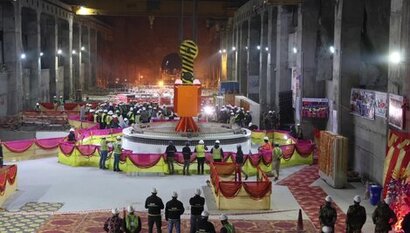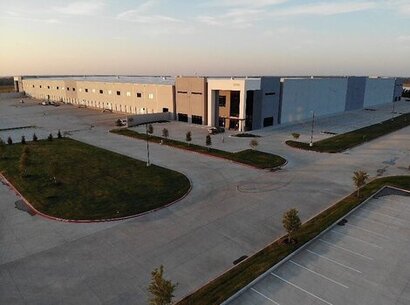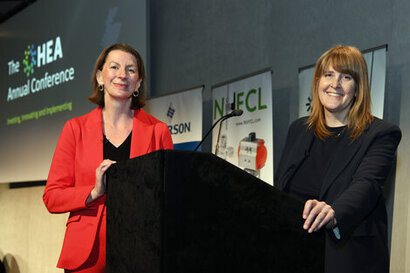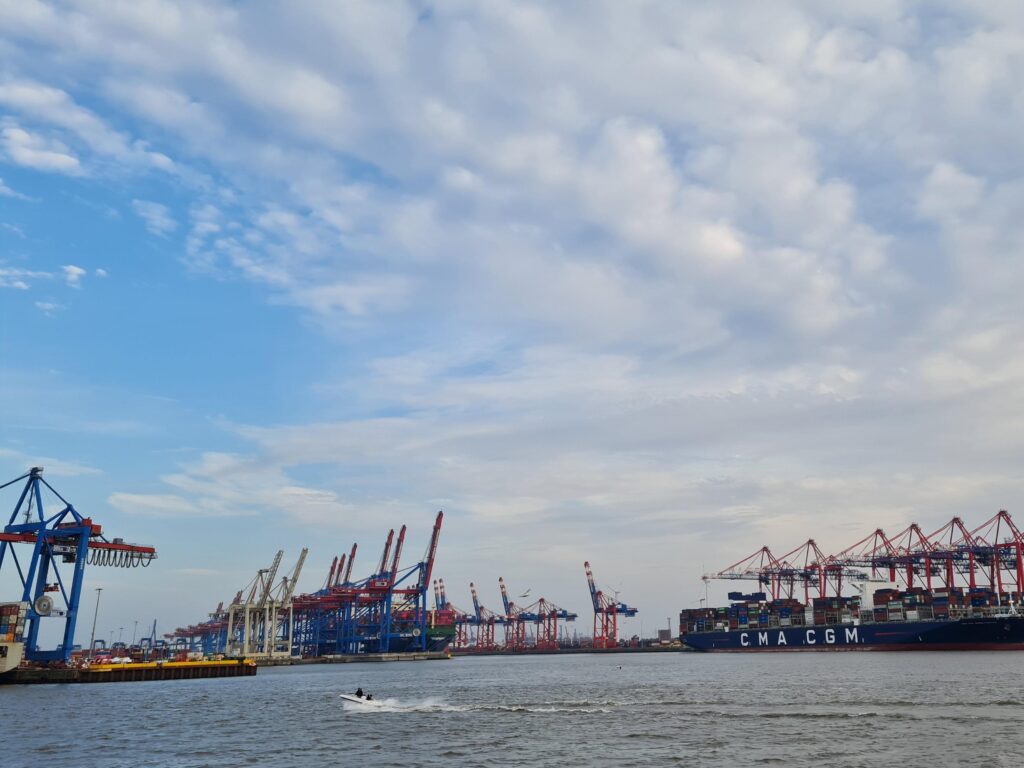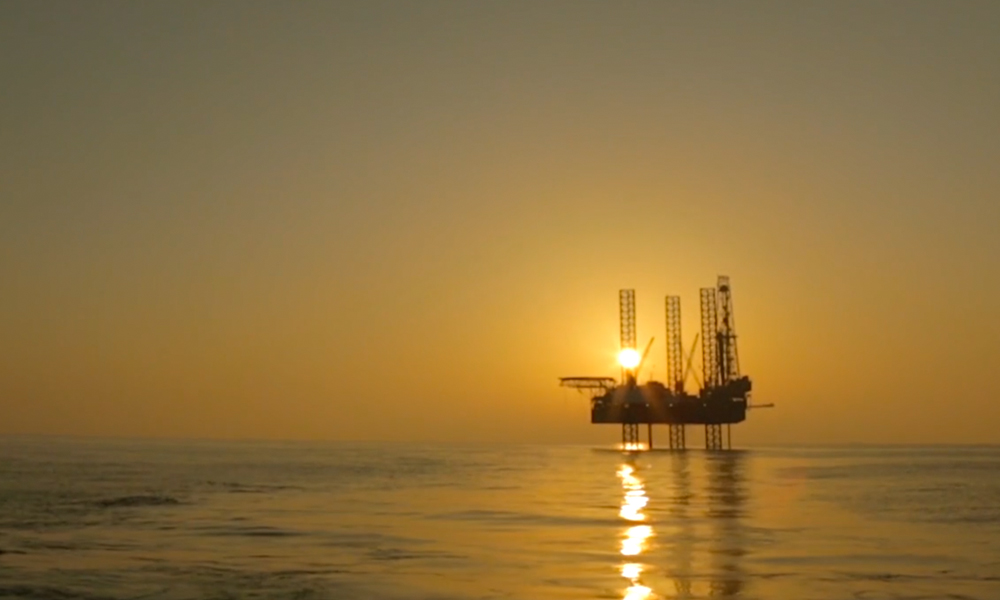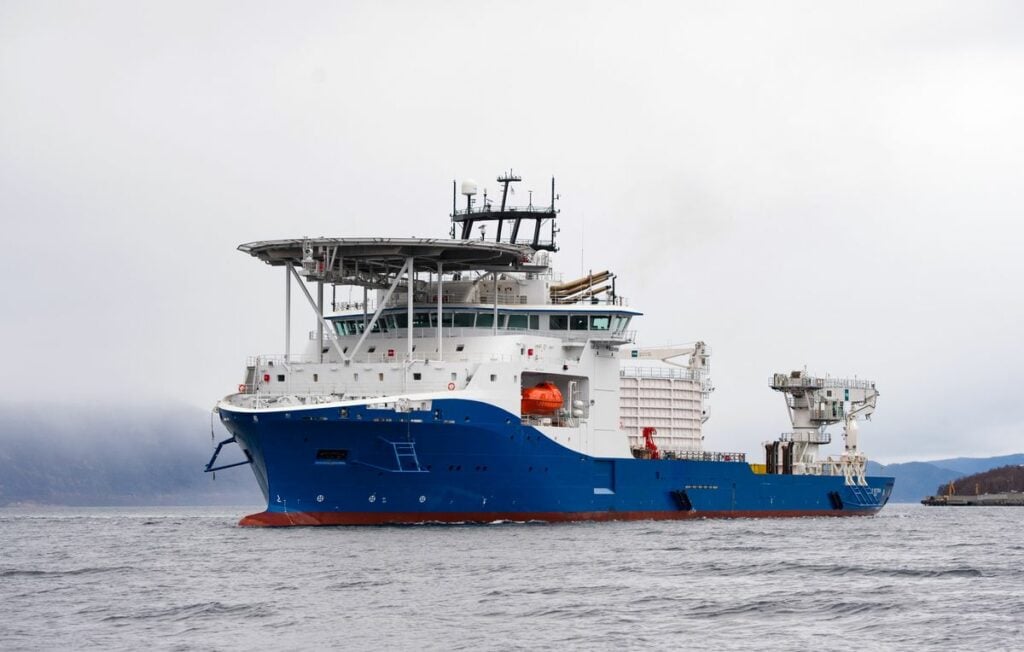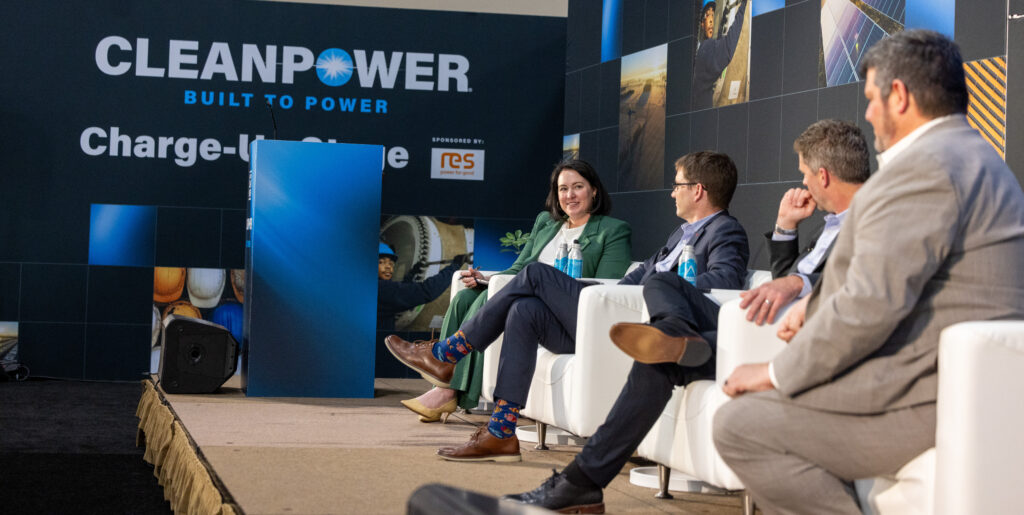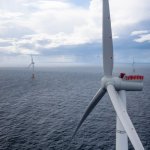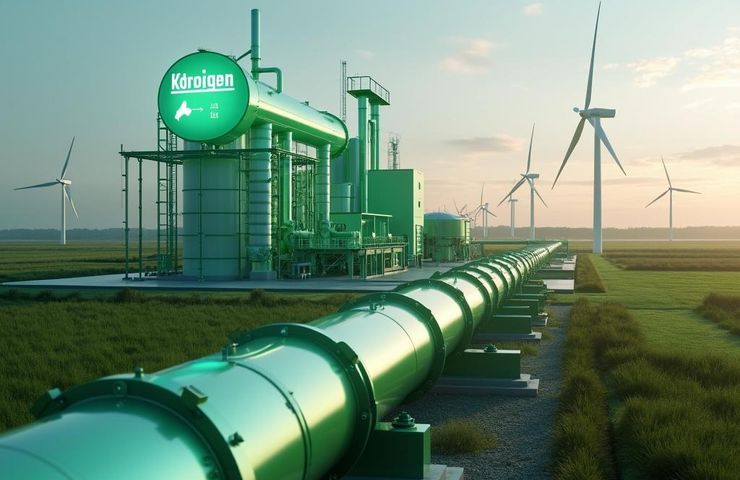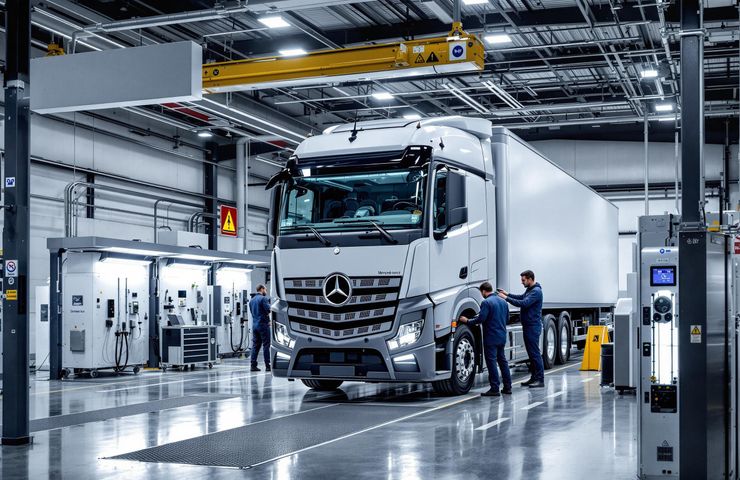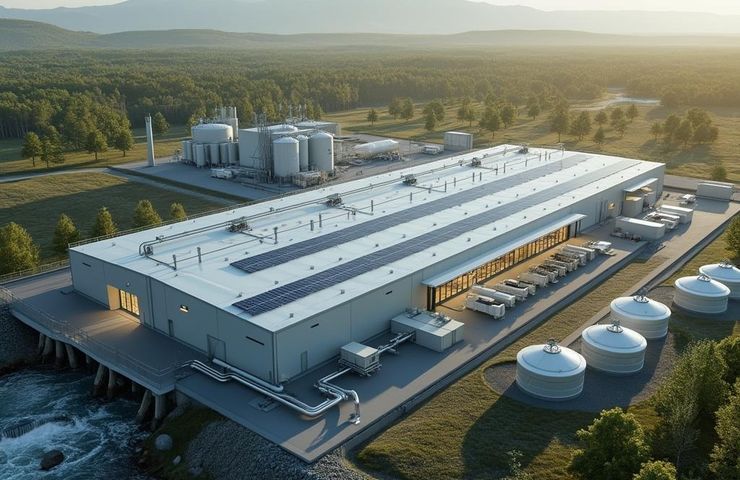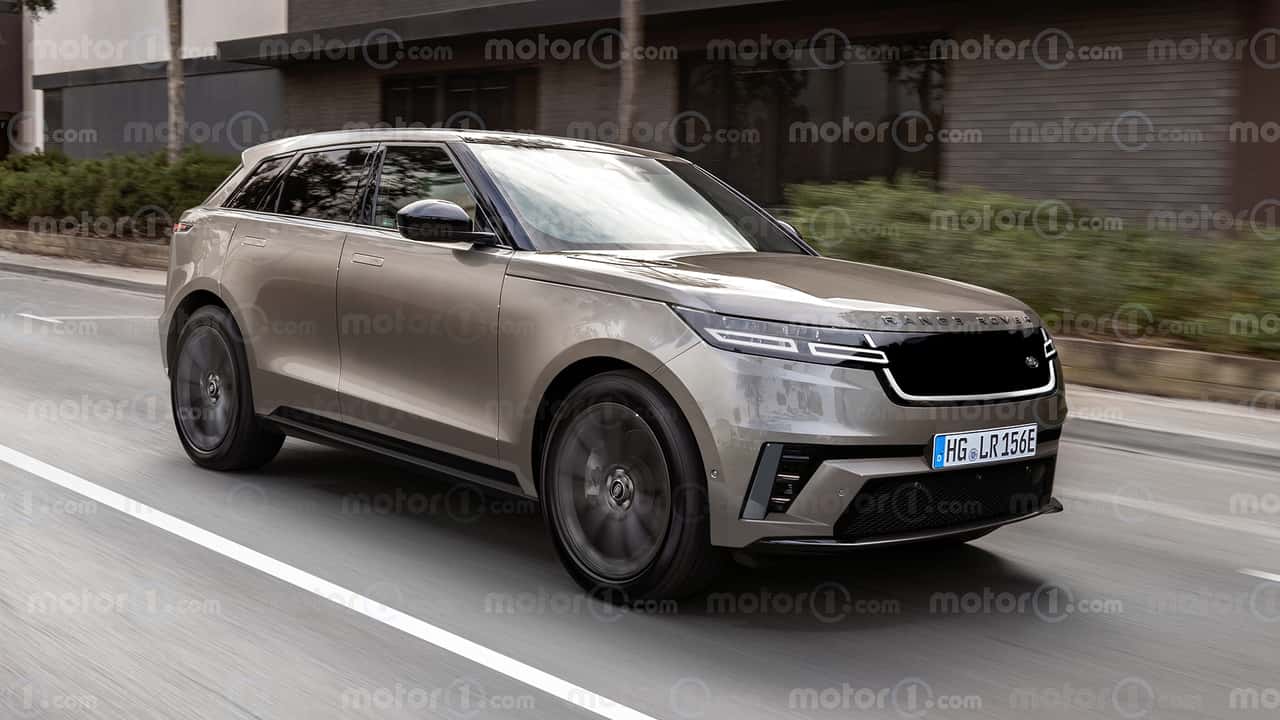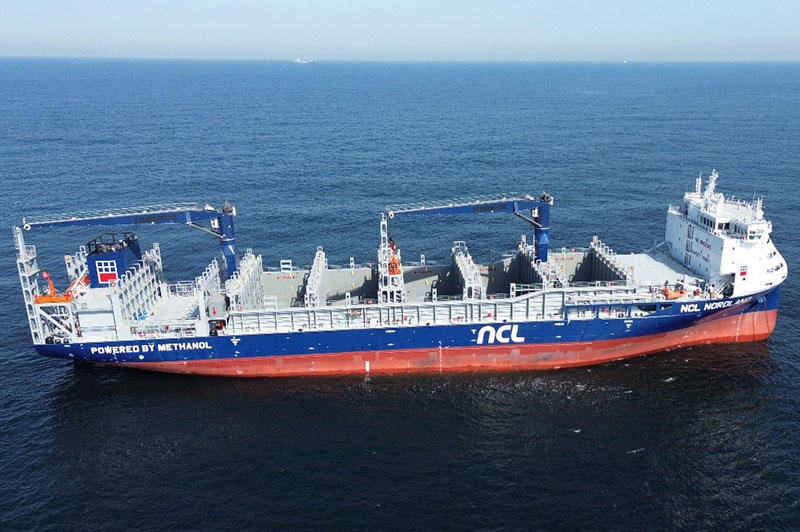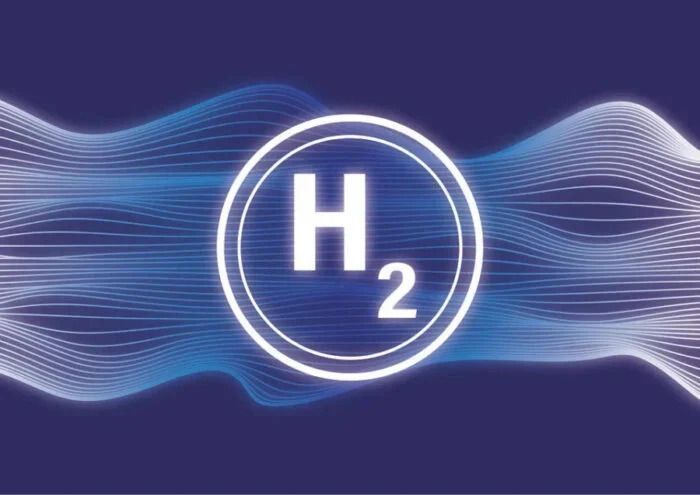Thyssenkrupp Nucera Secures 600MW Green Hydrogen FEED Deal Amid Market Volatility
German hydrogen tech company Thyssenkrupp Nucera is stepping into the spotlight with a major role in designing one of Europe’s…
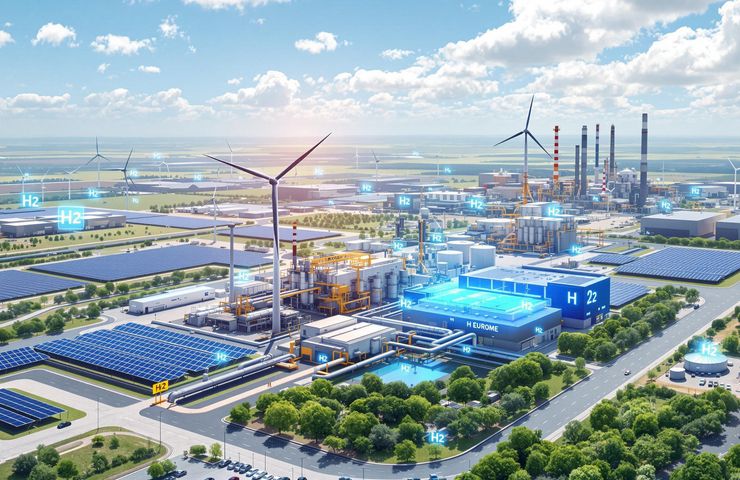

German hydrogen tech company Thyssenkrupp Nucera is stepping into the spotlight with a major role in designing one of Europe’s biggest green hydrogen projects to date. Announced on June 4, 2025, the company has been tapped to handle the Front-End Engineering Design (FEED) phase for a massive 600MW green hydrogen facility. It’s a big step not just for them, but for the future of industrial decarbonization across Europe.
Big Win in a Wild Market
The news couldn’t have come at a better time for Thyssenkrupp Nucera. After wrapping up 2024 on a high note—pulling in €175 million in Q4 sales for their alkaline electrolysers—they hit a rough patch early in 2025, with a sharp 95% drop in new orders in Q1. But it’s not all gloom: demand for their green hydrogen tech jumped 60% year over year in 2024, reaching €524 million, pointing to strong overall interest despite the ups and downs.
And this FEED contract? It’s helping to turn things around. The day after the news broke, shares in the company climbed 8.8% on the Frankfurt Stock Exchange, a sign that investors are feeling good about big, long-term hydrogen bets.
Breaking Down the Project
While we don’t know where the plant is going or who’s behind it just yet, here’s what we do know: this 600MW green hydrogen project will be powered by alkaline water electrolysis (AWE) and focus on supplying industries like steel, ammonia, and chemicals. These are tough sectors to clean up since they’re responsible for over 20% of industrial emissions in the EU. A project like this could be a real game changer.
The client is expected to make a final investment decision (FID) in 2026. If all goes according to plan, this would mark Nucera’s third large-scale AWE project in Europe, following their work on the 760MW Stegra green steelplant in Sweden.
What Is FEED and Why Does It Matter?
The FEED phase isn’t just about drawing up blueprints—it’s the part that sets the stage for whether projects like this will actually take off. It covers everything from how the plant integrates with renewables to safety systems to expected hydrogen production costs. Basically, FEED can make or break a project’s credibility and bankability.
Nucera landing this role says a lot. It shows buyers and backers that their technology isn’t just promising—it’s ready for prime time. And given the scale, this project could become a blueprint for hydrogen infrastructure projects all across Europe.
Key Takeaways
- Nucera’s latest contract underscores the momentum behind green hydrogen, even in a rocky market.
- The project is laser-focused on decarbonizing heavy industry—where electrifying everything just isn’t viable.
- That share price jump says investors are still betting on hydrogen, especially when it’s tied to solid long-term plays like this one.
- The expected FID in 2026 gives us a clear timeline toward construction and deployment.
Zooming Out: Europe’s Hydrogen Moment
This project lines up perfectly with the EU’s broader push to clean up heavy industry through major hydrogen infrastructure rollouts. Sure, regulation and red tape are still hurdles—but pulling off a solid FEED phase like this could show both investors and policymakers that industrial-scale hydrogen production is more than just theory. It’s happening.
Projects like these help turn ambition into action. They give real-world credibility to the green hydrogen movement, strengthen Europe’s climate goals, and establish the region as a serious player in the global hydrogen game—where size, speed, and experience will separate the winners from the rest.
Final Thoughts
There’s still plenty of work ahead, but landing this FEED contract is a major vote of confidence in Thyssenkrupp Nucera’s alkaline electrolysis tech—and in Europe’s larger clean energy ambitions. As CEO Werner Ponikwar put it, under the right conditions, “the business case in Europe is viable.” That’s a bet more and more people seem willing to take.
What's Your Reaction?










